I’m getting behind. Too many posts and not enough time. This one’s long overdue. We walked this way a month ago or more. It was another suggestion from Christopher Somerville. We printed out the map and the directions only to find when we arrived in Fyfield that I’d left the map at home. The directions were good but occasionally a map would have clarified things. It led to a few differences of opinion and a few trial and error wrong turns and turnarounds. 7½ miles turned out to be more like 10.
There was may blossom in the hedgerows and mayflower in the meadows. There were fields of wildflowers and grasses and beyond the hedge, just as Christopher Somerville promised, there were pastures with small, black, curious cattle.
One field was stacked with woodpiles, stems of blackthorn, some with their roots still attached but no corresponding gaps in the hedgerows to show where they’d been grubbed out. From here on there was a great confusion of paths and bridges and ditches and we were lucky not to wander too long in circles.
Somehow we managed to choose the right path over the right bridge and eventually we emerged on the edge of radiant fields of rapeseed, looking down on Lampetts Farm nestled in amongst the trees.
We came onto a gravel byway, later identified as Three Forests Way (it links Epping, Hainault and Hatfield Forests), a green lane through a tunnel of hawthorn, field maple and oak. It brought us by an old shepherds hut then Green’s Farm with it’s ancient moat and more abundant may blossom.
Claydon’s Green was rich with wildflowers. Over the road and in among the trees was another curious moat, large and four sided, twice as big as a football field but overgrown and impossible to photograph.
We continued past magnificent wayside trees and judiciously avoided wrong turnings to arrive at Butthatch Wood. I was tempted inside by the sight of bluebells and found a huge mound excavated with countless burrows, but again not easy to photograph. I assumed badgers but only because it was so big. I was not sure really what creature had dug this impressive earthwork. But then as we progressed around the wood, back on the perimeter footpath, I caught occasional glimpses back into the interior, and I realised the wood was full of these earthworks, there was an underground city of them, but I had no way of knowing if they were still inhabited or an abandoned labyrinth of lost holes.
Beyond the wood was terra incognita. Without a map we went round and round, arrows pointing in all directions. I wished I’d brought Rebecca Solnit’s A Field Guide To Getting Lost though we never were really lost. We could see the church, we just couldn’t see how to get to it. We could even see the search & rescue helicopter which was reassuring. Eventually we figured out that the path we should take had disappeared, overgrown with cereal crops, so we gently reinvented a new way over the old one.
We followed a crooked path and finally arrived at St Botolph’s church. It stands alone in the fields and, according to Christopher Somerville, it marks the original site of Beauchamp Roding village. It feels a little forlorn and neglected, ivy growing through the roof in places. Inside, the old rood beam rests on two corbels with carved figures, one of them either a porcine lion or a leonine pig (CS). Outside, the graveyard was home to numerous ancient yew trees, each one with a rabbit warren between its roots.
It soon became apparent that the surrounding fields were inhabited by a large population of rabbits. In the hedge beneath five large poplar trees was what I took to be another extensive badger sett, until I saw the prettiest, fluffiest fox cub, far too quick for my camera, disappear into one of its holes.
We continued past fishing lakes down to Shellow Bridge where we walked alongside the River Roding. On the opposite riverbank at Birds Green there’s a handsome cottage of herringbone brick with a pretty thatched roof. Downriver and quick as a flash an adult female roe deer broke from the riverside cover of alder and willow for a mad dash across the fields. I got a photo but it’s just a blur, I’m no wildlife photographer, slow-moving rivers are more my thing. Also buttercups, speedwells and daisies.
At Miller’s Green there was an old willow tree with a branch so drilled by woodpeckers that it looked like some kind of giant flute (possibly a subcontrabass willow flute with endless sonic possibilities).
Just before the next field of rapeseed we came by two pallets stacked with empty plastic containers, a reminder that we were actually walking through fields of chemically induced, dazzling yellow sunshine flowers in what was actually an open air factory. The pollen was heady and the colour was intoxicating.
It turns out we were walking the Essex Way. The crop changed from high saturation to low scrub. These were now beans though I’m not sure which variety; broad beans, soya beans, has beans, human beans, maybe even big eyed beans from Venus? I found myself skipping along, humming a little tune:
Penguin Café Orchestra – Beanfields.
And I remembered we once framed an Emily Young painting at The Rowley Gallery for Simon Jeffes.
Then twas but a hop, skip and a jump back into Fyfield, by full-leafed horse chestnuts, over the Roding with comfrey and cow parsley, careful not to trespass on the Environment Agency, past a gathering of flints on a garden wall in homage to Henry Moore, to The Queen’s Head pub. They’ve a garden down to the river, an appetising menu and best of all, Adnam’s Broadside on draught.
This walk was suggested by Christopher Somerville. His map would have been useful.




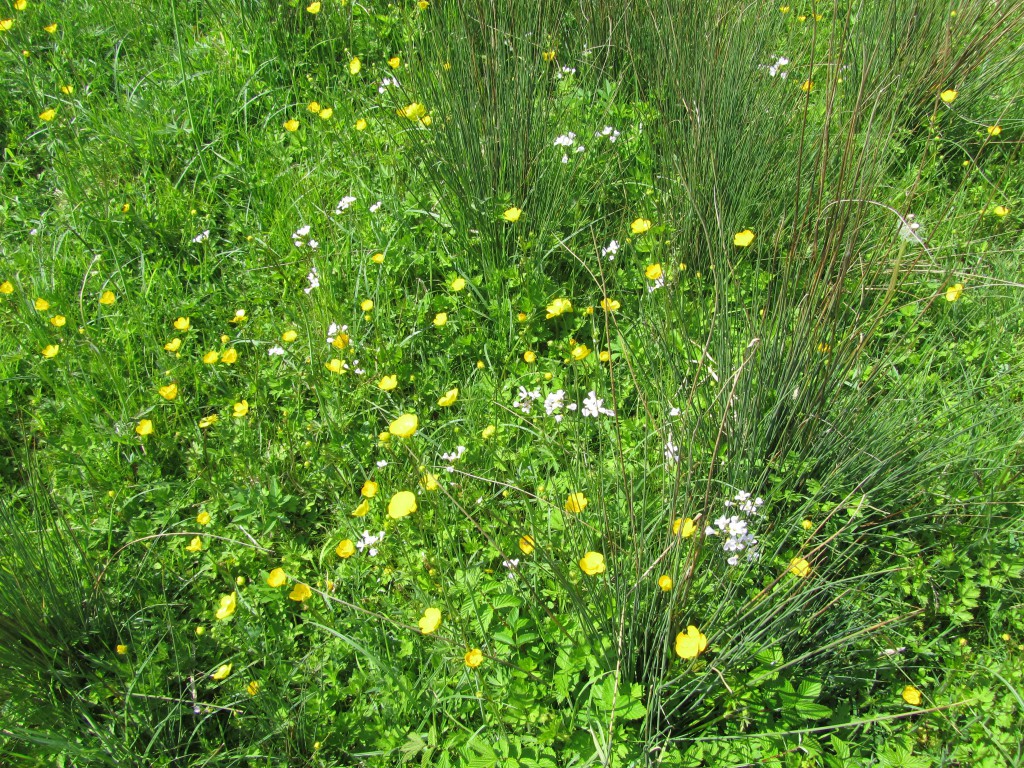





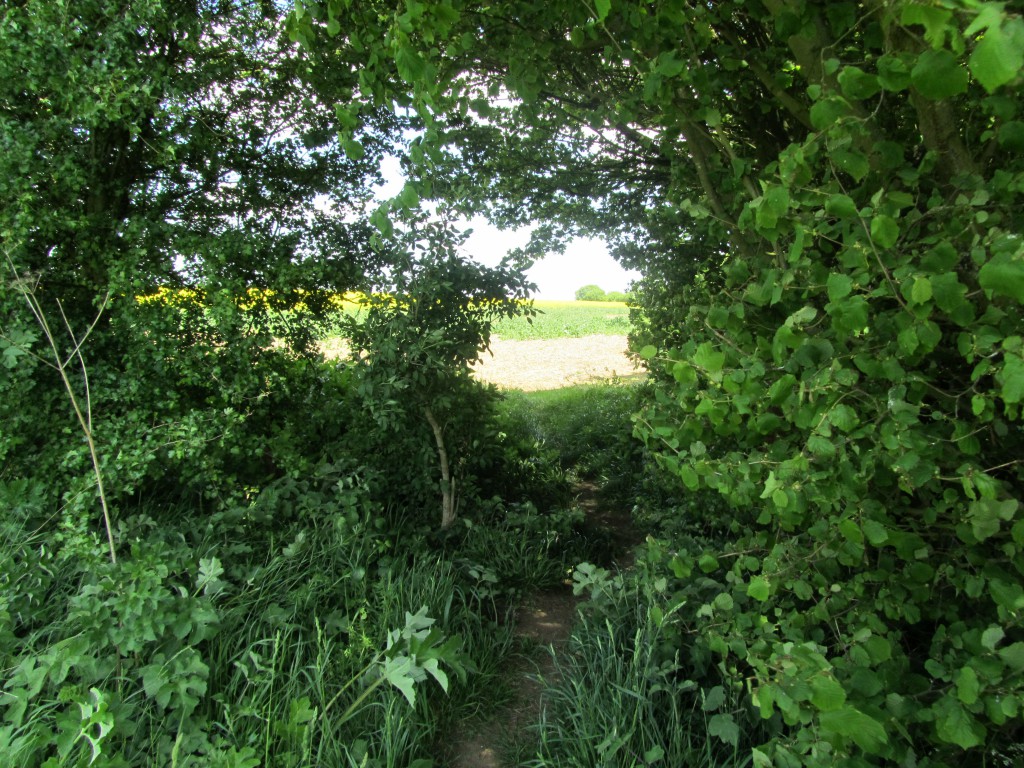

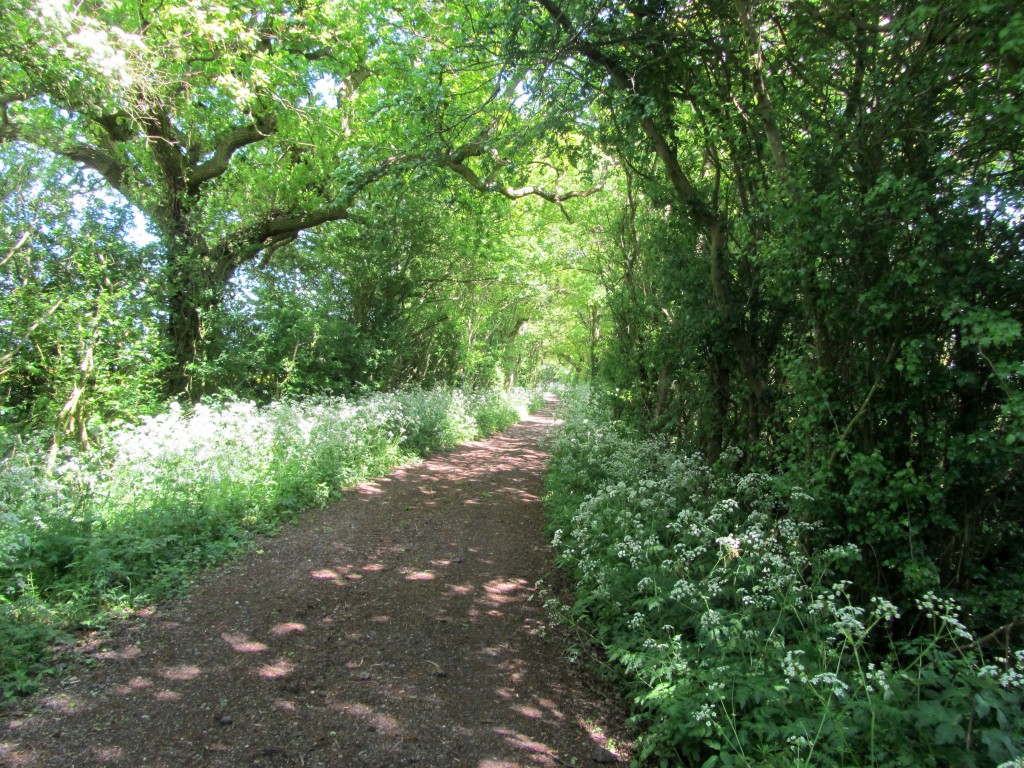




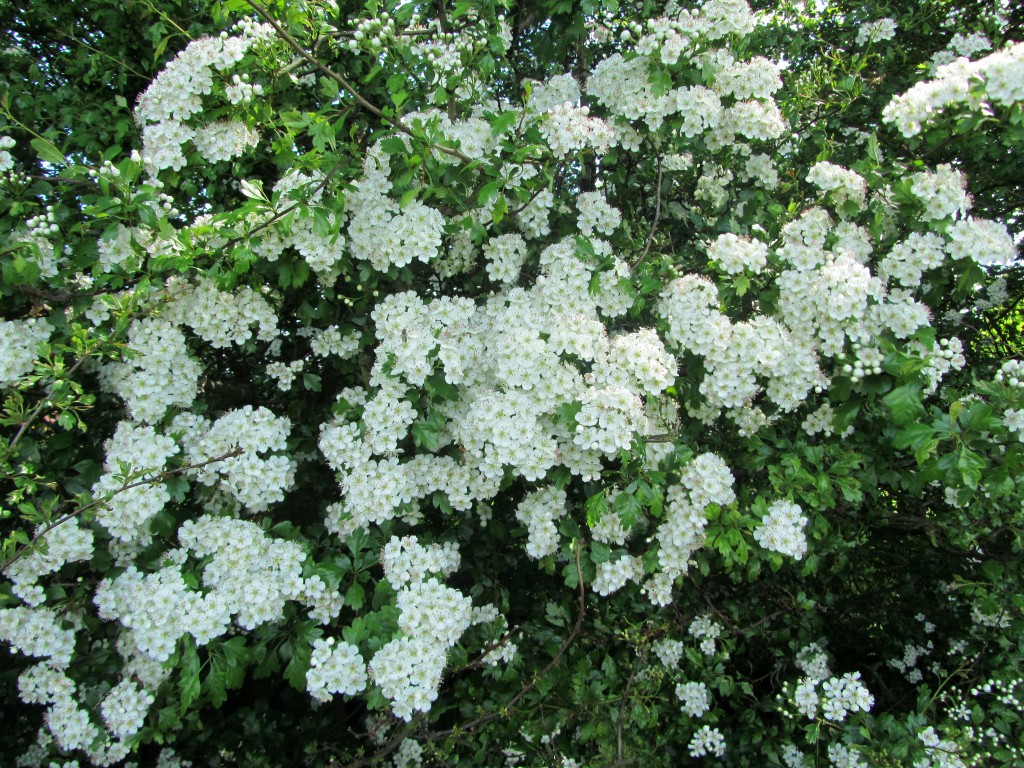

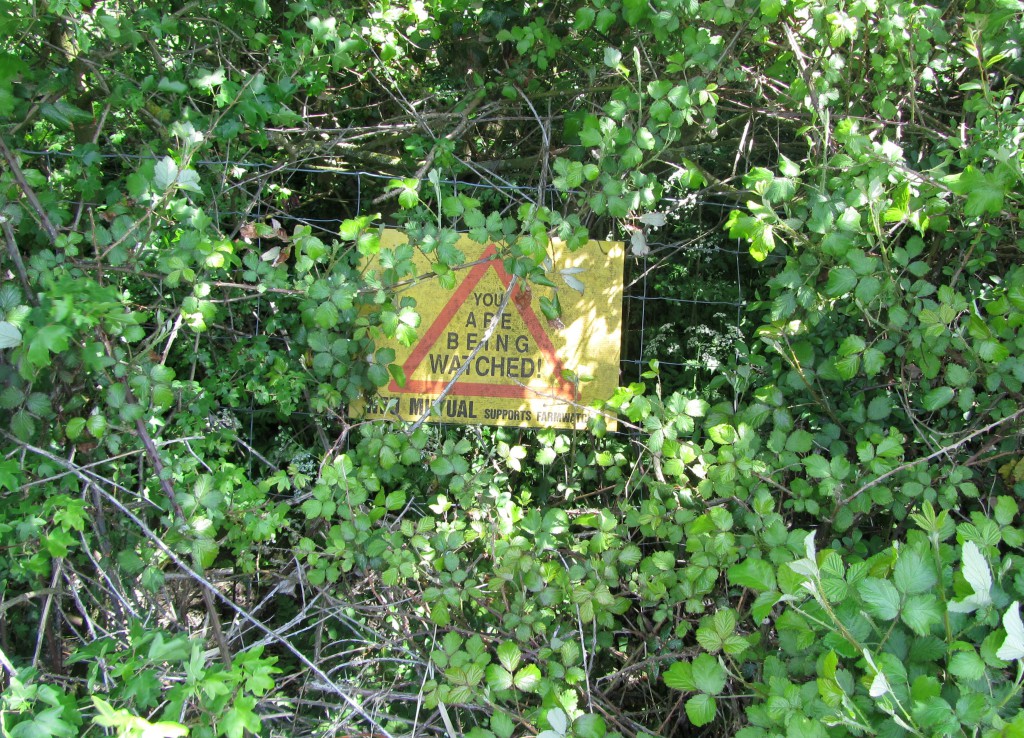


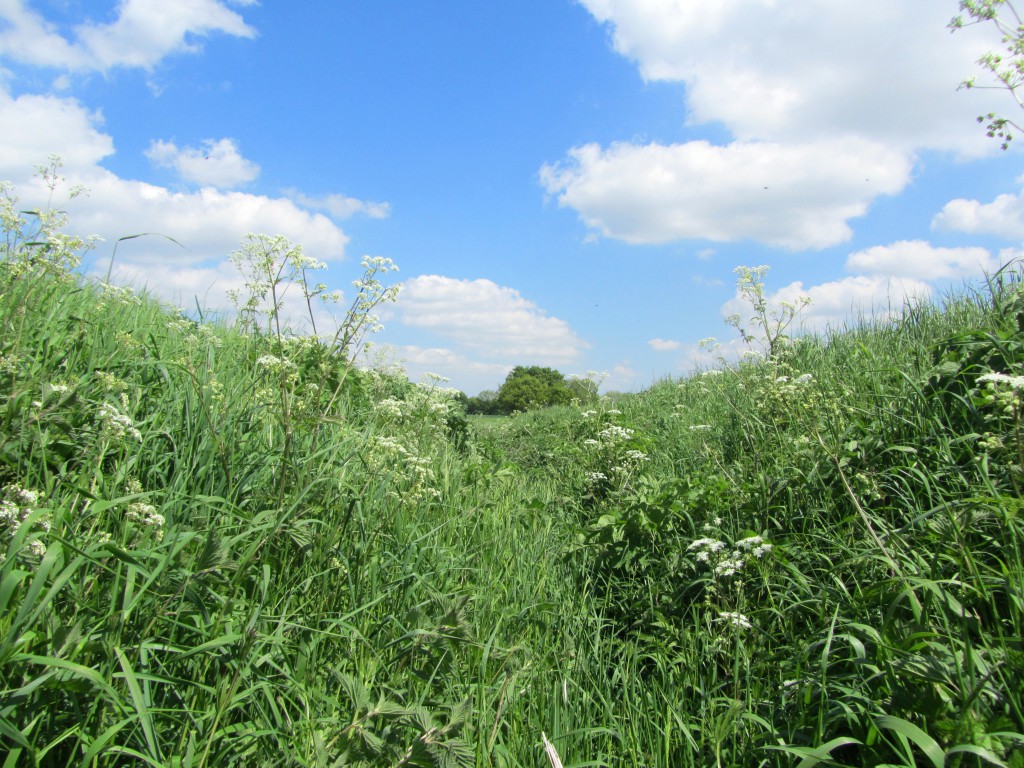
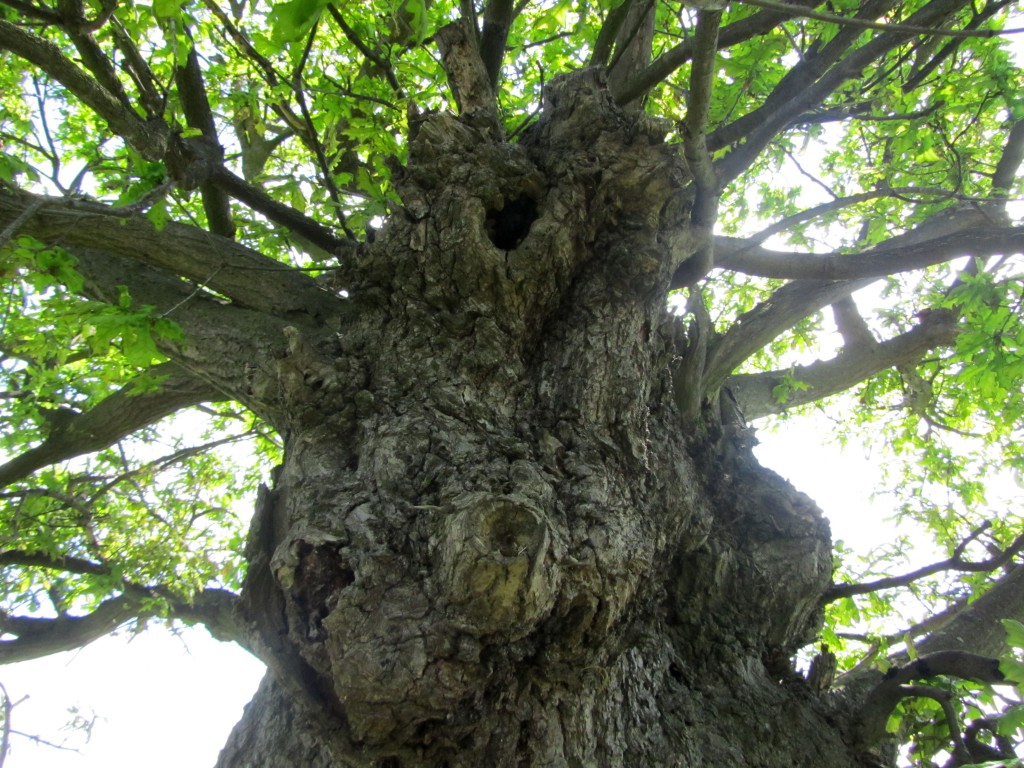




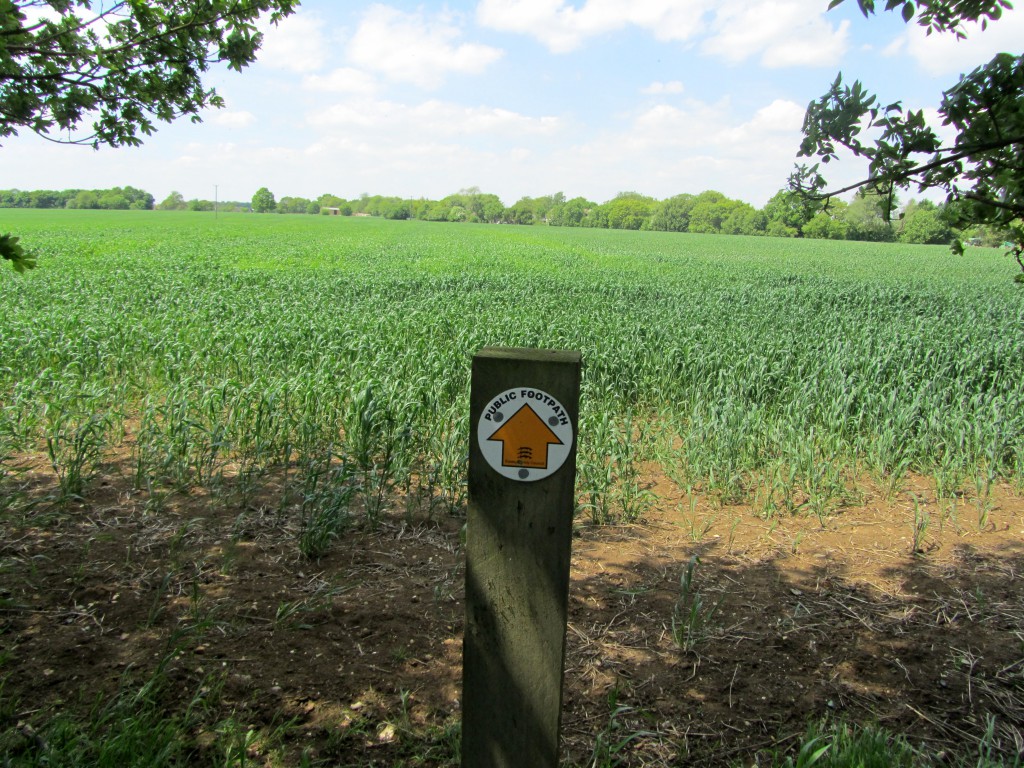

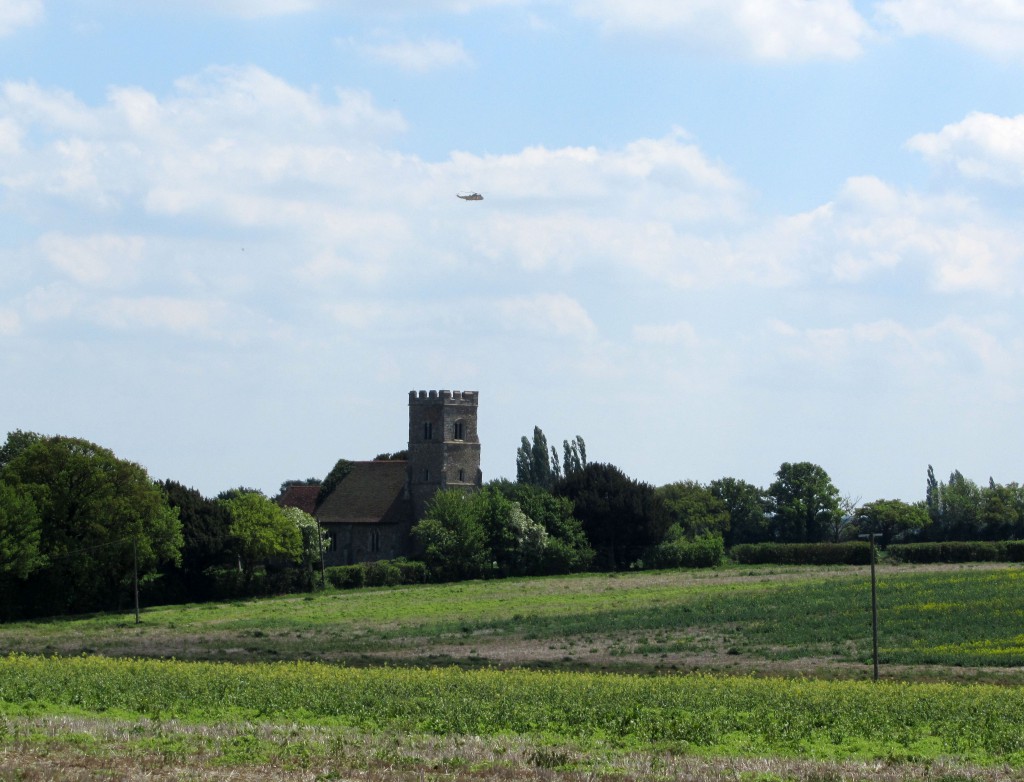


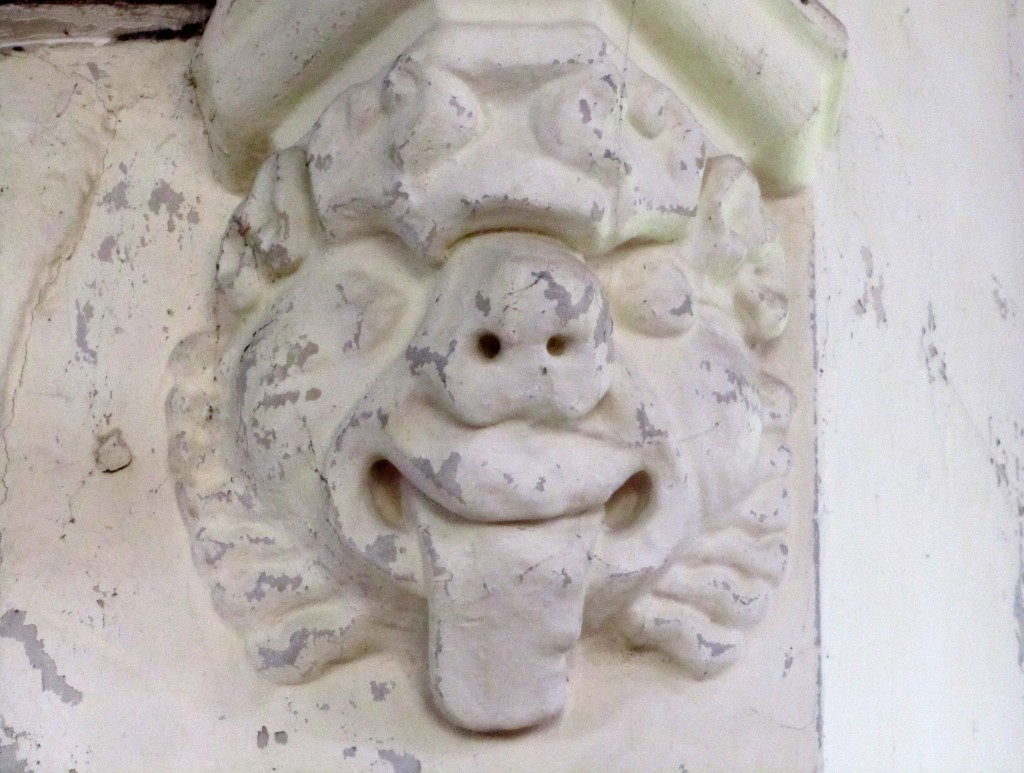






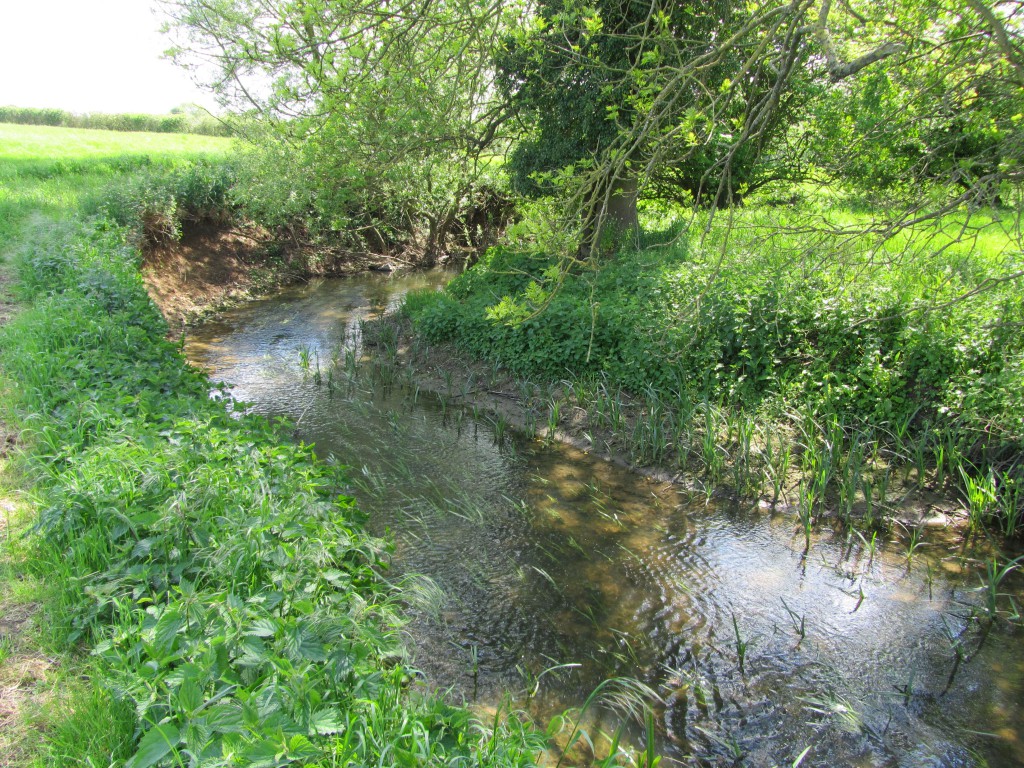



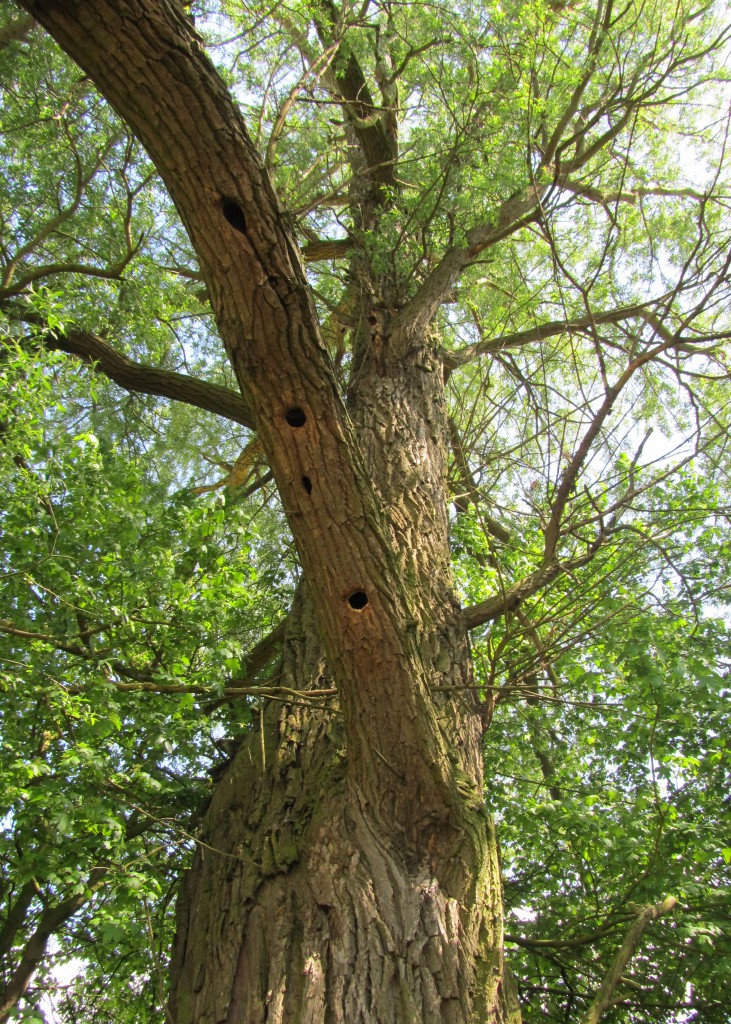














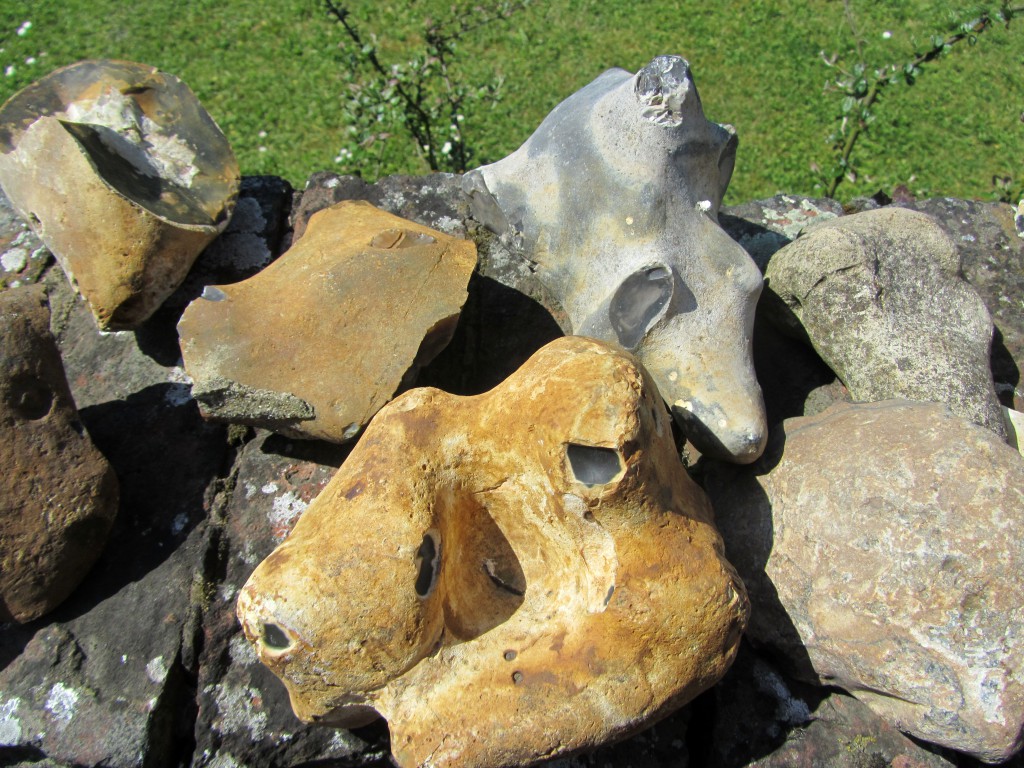

Dear Hamer the Framer,
What a lovely account! I am SO pleased you did this walk and enjoyed it on what was obviously a beautiful day. Yes, a map is always kind of helpful! … but I’ve left mine at home on more than one occasion, too, so I can empathise. Those Essex farmers aren’t always all that helpful at keeping waymarks and paths clear. But this is a really lovely bit of country, and it gives me great pleasure to think of you out there and amongst it.
Christopher
Thanks for recommending it. We enjoyed following your footsteps. And it’s good to get a little lost now and again. I look forward to the next one. You are so fortunate to do this for a living!
England is beautiful, full of country walks each its own little adventure. Dead rabbits, inviting covered paths, secret paths, sudden bursts of colour, acid yellow, creamy buttercup yellow, oh no this is beginning to sound like a holiday ad. Nice post.
Thanks Greg. Let’s get lost in Essex!
I know what you mean about getting behind…hard to keep up with everything that’s going on! I missed posting the May blossom moment so it’s great to see it here – it was a good year wasn’t it. I love the photograph of the dark branches with the *evil* ! and lurid rape behind. Essex gets a bit of a bad press but I’ve been to many lovely places there. The old pollard is particularly gnarly and gorgeous. You did well without the map!
Thanks Sarah. I waited and waited for may blossom. I could’ve done a post on nothing else. When it finally arrived I was even photographing it in Waitrose’s car park.
haha. But PINK??! It’s just wrong 🙂
How can something so beautiful be wrong? It was almost auricula.